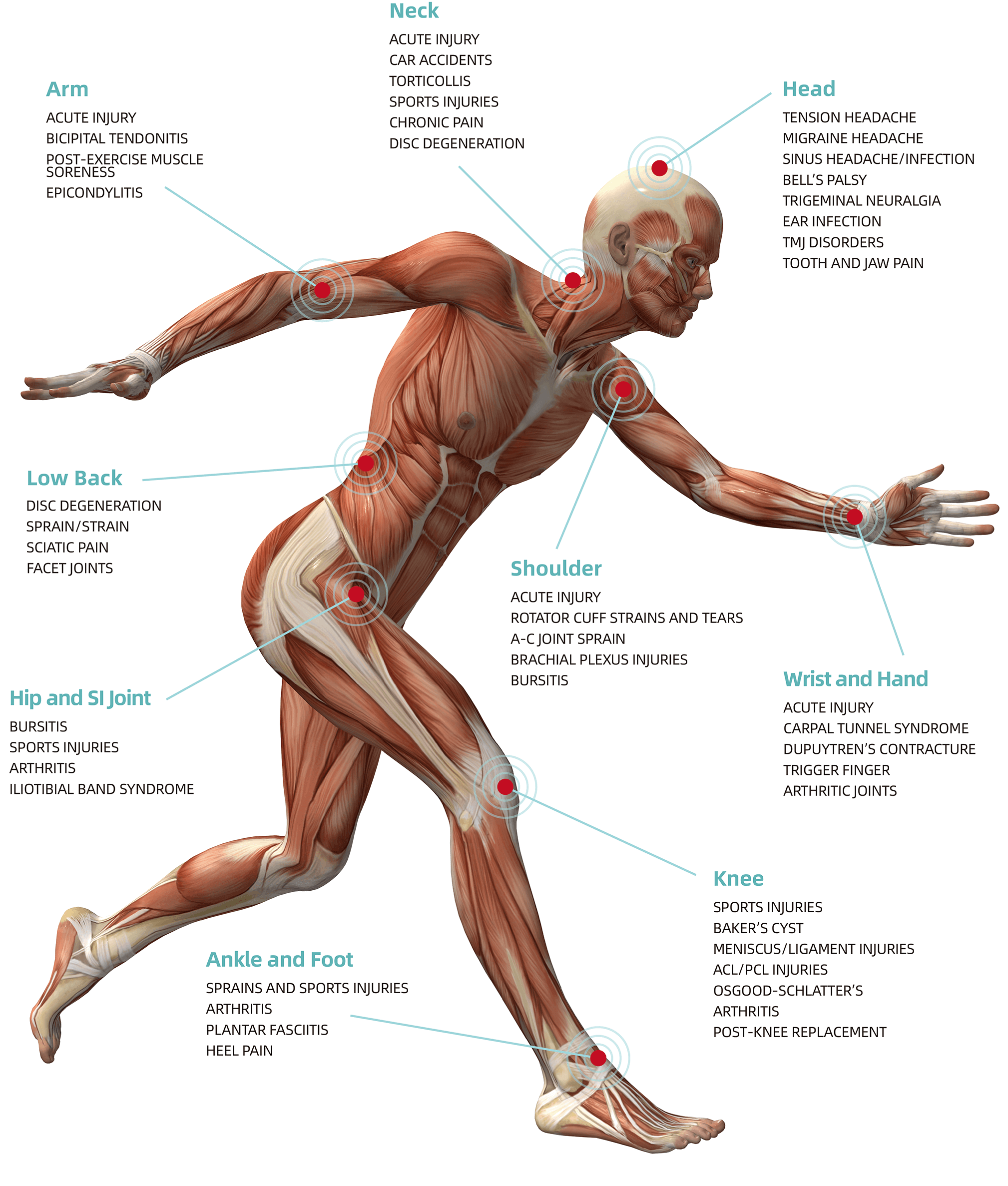WHAT IS LASER THERAPY?
The Curelight class IV laser therapy system features advancec laser technology and can deliver more energy than other therapy lasers. The additional power coupled with optimal wavelength and trearment light beam size, result in deeper penetration, signigicantly faster treatment times and delivery of the proper therapeutic dosage. These features provude healthcare professionals an enhanced and superior ability to treat difficult conditions and ultimately provide better clinical outcomes to all patients.

How Does Laser Therapy Work?
Laser therapy works by stimulating a process called photobiomodulation (PBM) in which photons enter the tissue and interact with the Cytochrome C complex within mitochondria. To receive the best therapeutic outcomes from laser therapy, a sufficient amount of light must reach the target tissue. Factors that maximize reaching target tissue include
- Laser light & Biostimulation
- Analgesic effect - laser light converting into heat
- Analgesic effect - laser light converting into heat
- Minimizing Unwanted Absorption
Effects On Metabolic Processes
PHOMED Laser Class IV therapeutic lasers deliver specific red and near-infrared wavelengths of laser light to induce a photochemical reaction and therapeutic effect. Physiological effects include increased circulation, reduced inflammation, pain reduction and enhanced tissue healing.
During each painless treatment, laser energy increases circulation, drawing water, oxygen, and nutrients to the damaged area. This creates an optimal healing environment that reduces inflammation, swelling, muscle spasms, stiffness, and pain. As the injured area returns to normal, function is restored and pain is relieved.
During PHOMED Laser Therapy, infrared laser light interacts with tissues at the cellular level increasing metabolic activity within the cell. By improving the transport of nutrients across the cell membrane, the increased production of cellular energy (ATP) is stimulated. The cascade of beneficial effects that follows includes increased cellular function and tissue repair

Why wavelength is so important?
Wavelengths determine laser energy’s depth of penetration in tissue and specifically target beneficial chromophores to stimulate the photochemical reaction.
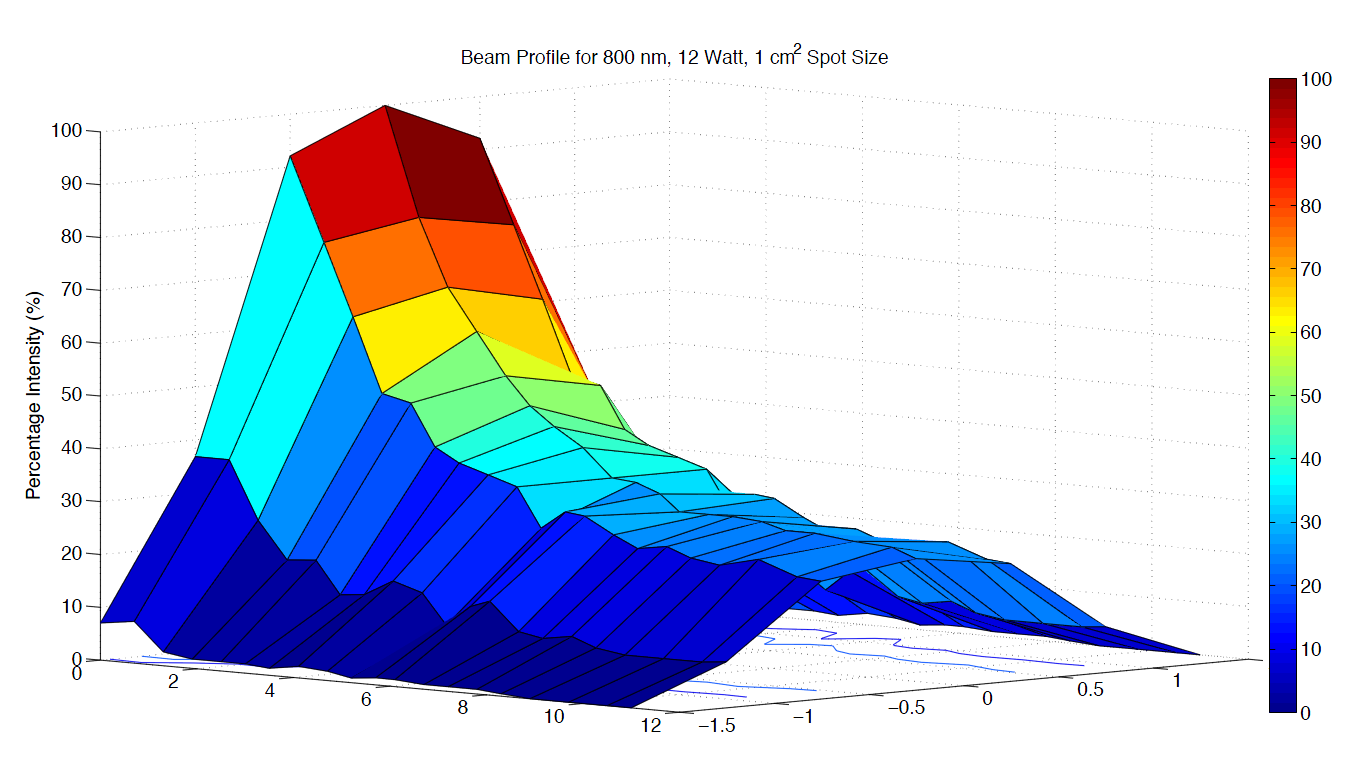
Why Is Power So Important?
If wavelength determines a laser energy’s depth of penetration, then power determines its saturation at the targeted depth. It would be a mistake to consider one without the other. Power (Watts) is the number of photons of radiation you can deliver per unit of time. The energy deposited (Joules) is the accumulation of these photons over time (1 Watt=1 Joule per 1 second). By starting out with more Watts at the surface, more will penetrate to desired depth. For an illustration, consider the following:
How Does Intense Super Pulse (isp) Enhance Laser Therapy?
How Does Intense Super Pulse (isp) Enhance Laser Therapy?
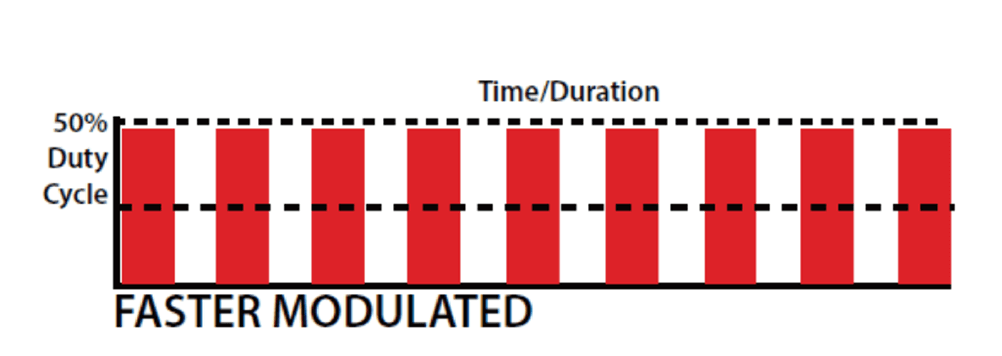
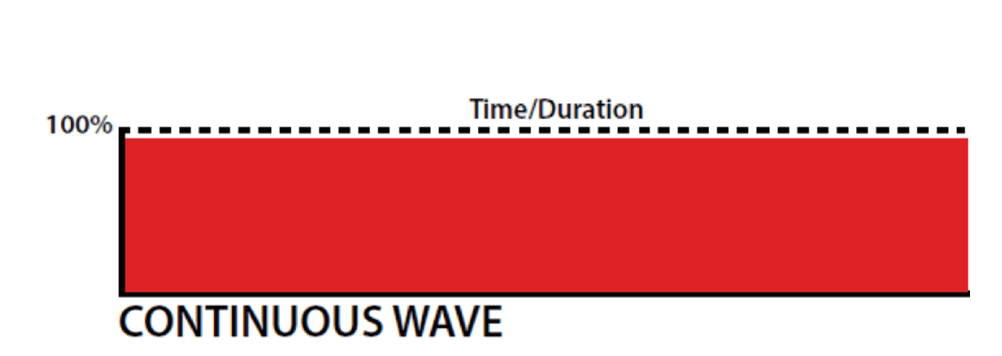
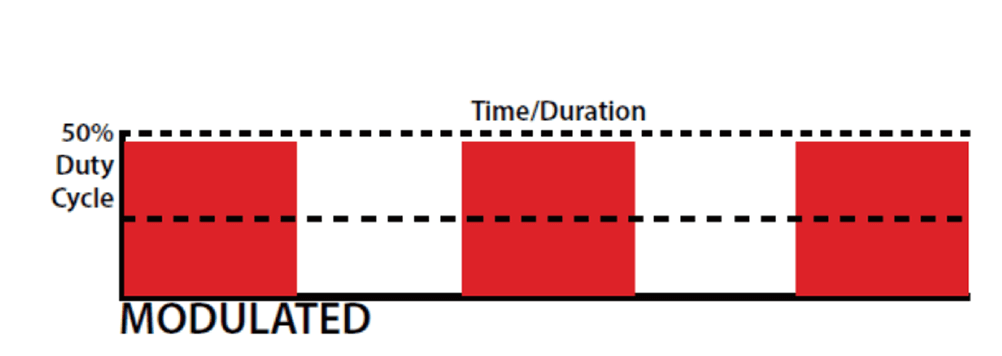
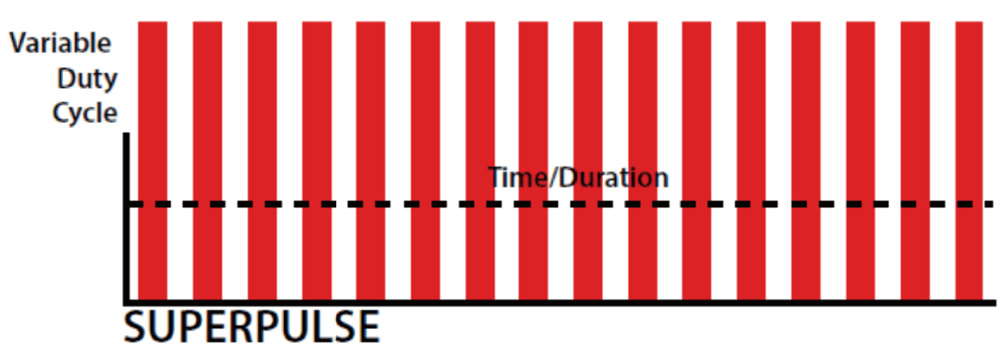
Phomed Class IV Laser Therapy is great for treating
Whether it is acute or chronic, superficial or deep, PHOMED Laser therapy can help. PHOMED Laser therapy is an invaluable service that will bring unprecedented clinical and financial success to your practice. Represented in the diagram are just some of the pain conditions that can be successfully treated using this powerful modality.
- Neck Pain: Cervical Strain/Sprain, Headaches
- Shoulder Pain: Rotator Cuff Strain, Biceps Tendonitis
- Elbow Pain: Tennis/ Golfer’s Elbow, Overuse/ Repetitive Strain Injuries
- Wrist Pain: Carpal Tunnel Syndrome, De Quervain’s Tenosynovitis
- Mid Back Pain: Postural Strain/ Overuse
- Hip Pain: Osteoarthritis, ITB Syndrome, Bursitis
- Lower Back Pain: Mechancial LBP, Disc Bulge/ Herniation
- Knee Pain: Osteoarthritis, Jumper’s Knee, Ligament/ Meniscal Injuries
- Ankle Pain: Sprain/ Strain, Plantar Fascitis
- Additional Conditions Treated
- Nerve Pain
- Neuropathy (Diabetes & Other Forms)
- Non-healing Wounds
- Pain & Healing Following Surgery
- Trigger Points & Muscle Spasms

